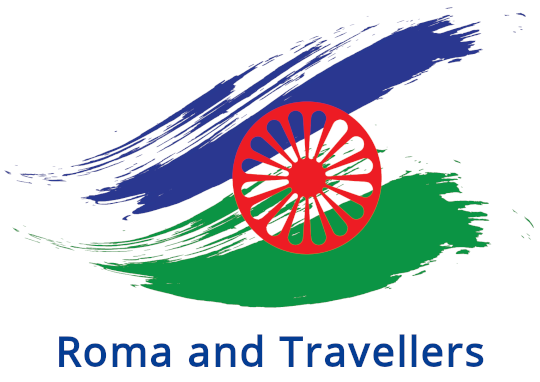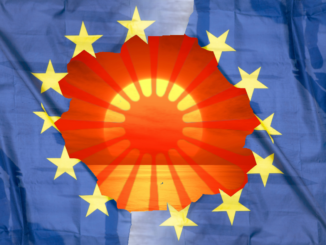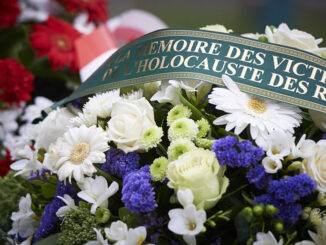
“Roma resistance is not a footnote in history. It is a living, ongoing process of reclaiming dignity, agency, and a Roma future.” — Timea Junghaus, curator, Executive Director of ERIAC
Within the framework of the EU-CoE Joint Project Roma Holocaust Remembrance and Education – RomaMemory, the European Roma Institute for Arts and Culture (ERIAC) organised and hosted several events to commemorate International Romani Resistance Day.
It is considered that 16 May 1944 was a day of courage and armed resistance. Romani people imprisoned at Auschwitz-Birkenau revolted in an attempt to escape extermination by the Nazi SS. Their determination, accompanied by struggle for the right to life and humane treatment, shamed the SS and delayed the atrocities. The legacy of self-empowerment remains a cornerstone of identity narrative of Roma and Travellers, as emphasised by Pierre Chopinaud’s contribution to the ERIAC’s Barvalipe Masterclass.
Building on this message, ERIAC honourably commemorated the heroes’ determination and sacrifice in Berlin. The programme, titled Roma Art of Resistance, began on 15 May with a musical performance by Ferenc Snétberger. The internationally acclaimed Roma classical and jazz musician was accompanied by Máté Balogh (saxophone) and Flóra Bakonszegi (vocals) from the Snétberger Music Talent Centre.
On 16 May, ERIAC hosted the exhibition ROMA RESISTANCE – From Silenced Histories to Agents of Memory. It showcased ERIAC’s curatorial vision and research in collaboration with Heidelberg University, the Tom Lantos Institute, and the Documentation Centre for Sinti and Roma.
Romy Rüegger’s performance “Approaching Ultra Light”, explored questions of identity and its dependence on vocabulary and categorisation in the administrated migration. Through artistic engagement with history, ERIAC dramatically underlined the continuity of a holistic legacy of resistance.
“Roma Art of Resistance” concluded with a panel discussion on the theme of remembrance and its role in confronting continual institutional antigypsyism. The discussion offered insightful perspectives on the historical and current challenges faced by Roma and Travellers. Among the participants were leading researchers, editors, and artists: Dr Markus End (Centre for Research on Antisemitism, Technische Universität Berlin), a renowned expert on institutional antigypsyism; Dr Anna Mirga-Kruszelnicka (Deputy Director, ERIAC), editor of Re-thinking Roma Resistance Throughout History; Dr Maria Bogdan, media and cultural theorist, specialising in media representation, cultural memory, and the Roma Holocaust; and Romy Rüegger, artist, researcher, and ERIAC–Villa Romana artist-in-residence.
redaktionen@dikko.nu
Att vara en oberoende tidning kostar pengar därför använder vi oss av crowdfunding. Det innebär att människor med små eller stora summor hjälper till att finansiera vår verksamhet. Magasin DIKKOs insamlingen sker via swish: 123 242 83 40 eller bg: 5534-0046
Vill du annonsera eller sponsra, synas eller höras i våra media?
Kontakta oss på redaktionen@dikko.nu
eller ring 0768 44 51 61
IBAN: SE19 9500 0099 6042 1813 4395
BIC: NDEASESS




